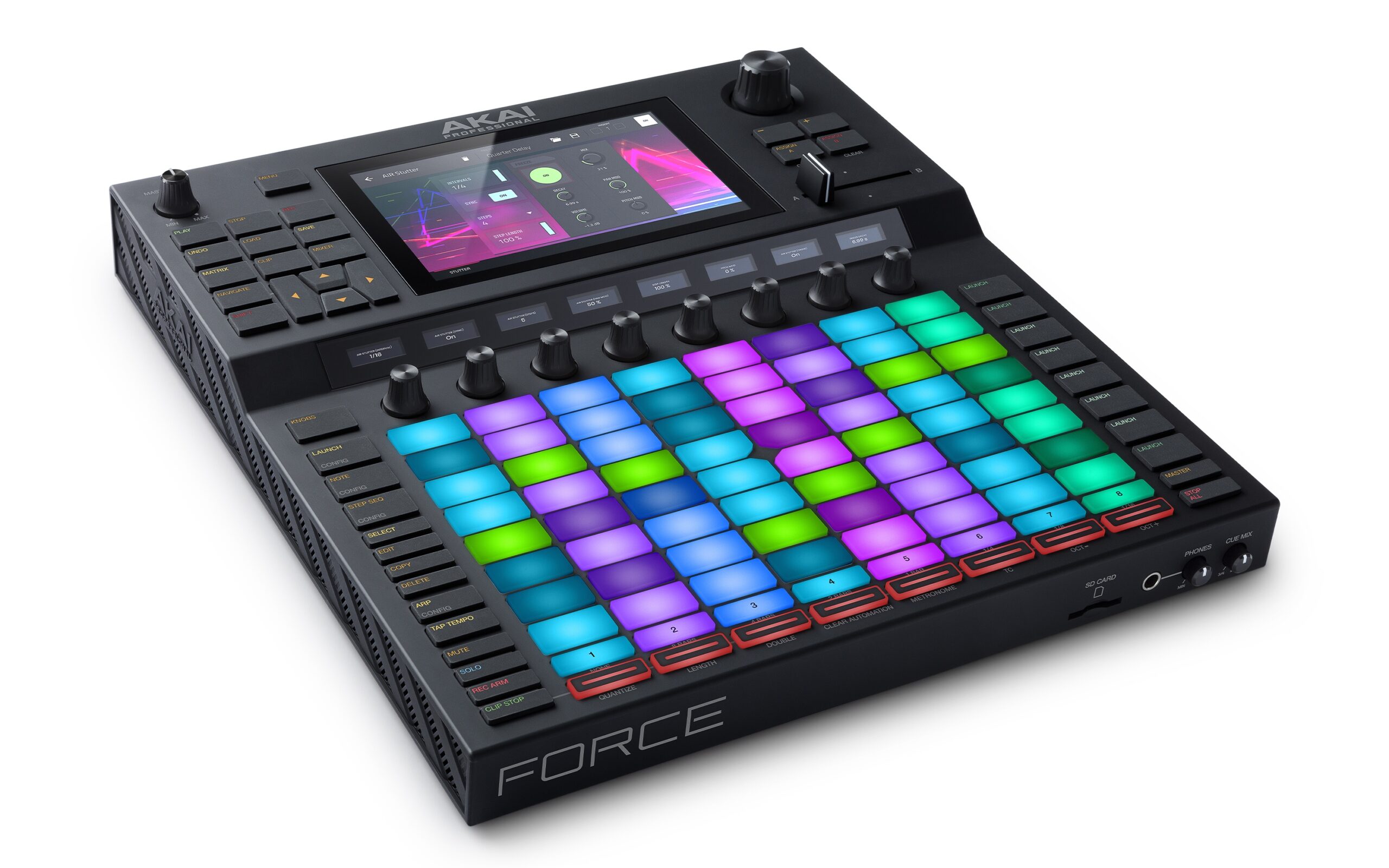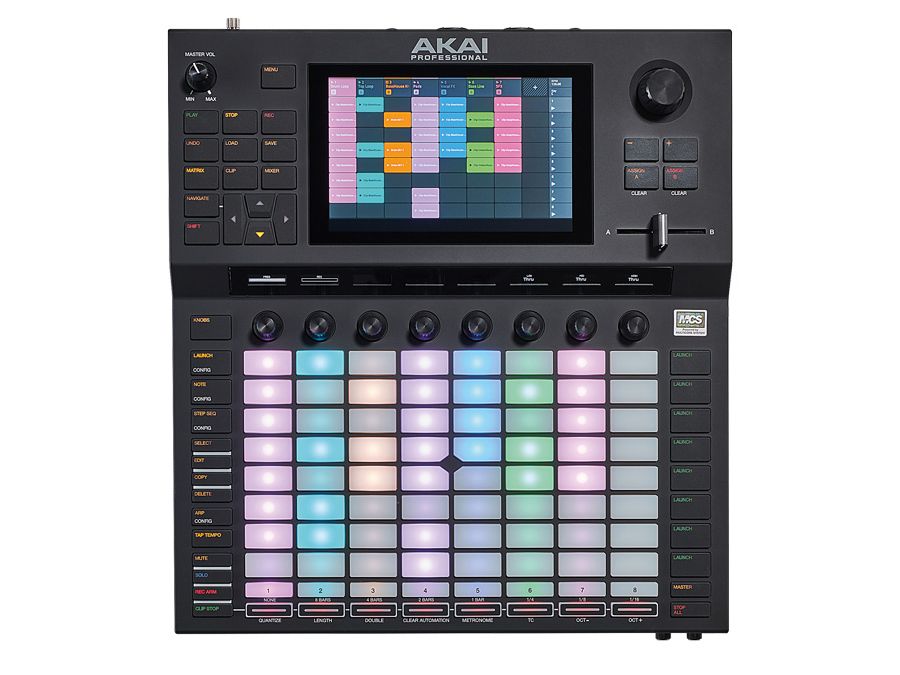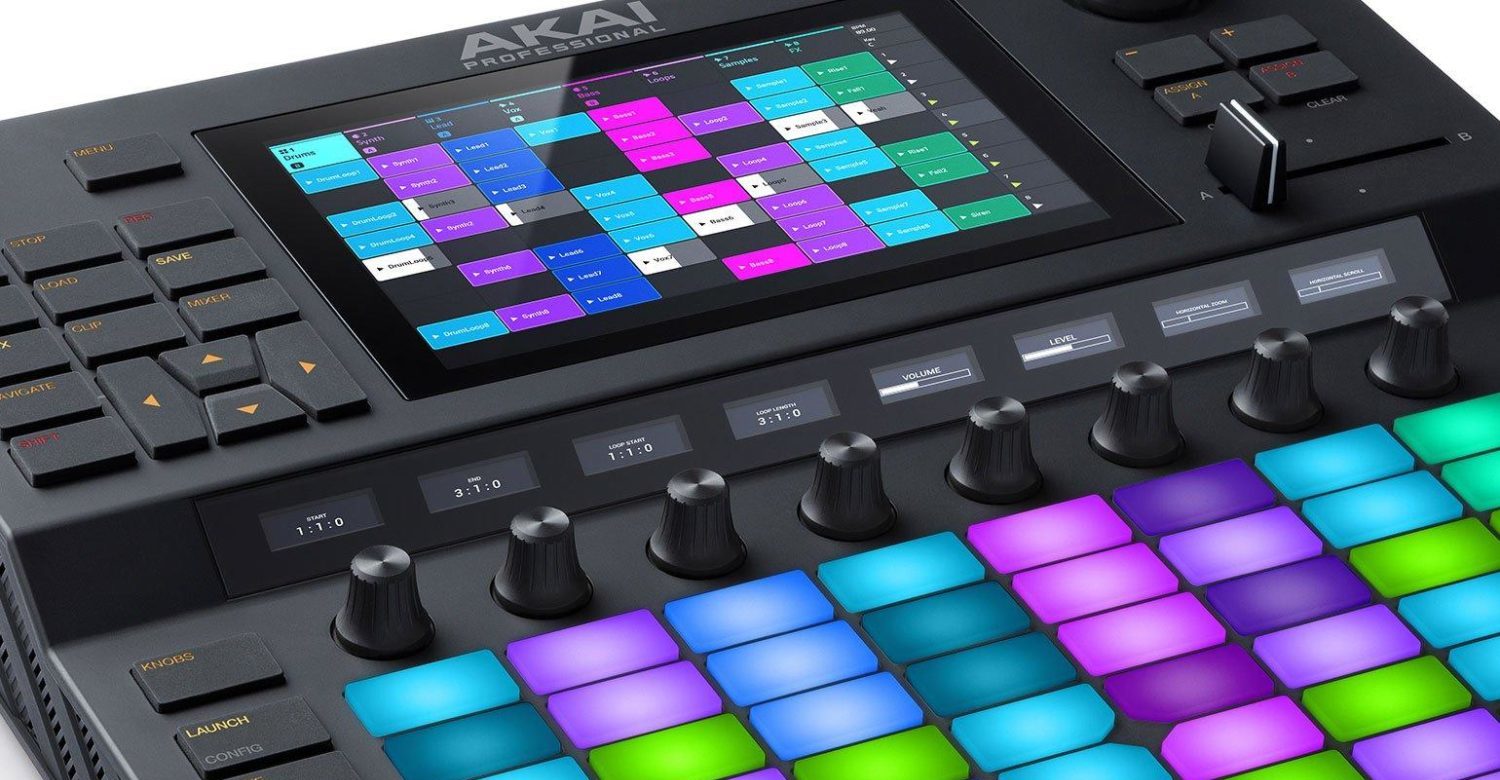Discover the Akai Force—the advanced standalone sampler, sequencer, and production workstation that bridges studio and live performance. This full review covers its hardware insights, workflow innovations, sound engines, and connectivity options for producers and performers.
Akai Force Standalone Sampler/Sequencer Review: The Ultimate Performance Workstation
Akai has long been a pioneer in music production hardware, and with the release of the Force, they’ve set out to redefine what it means to create and perform electronic music. The Akai Force is a groundbreaking standalone performance workstation designed for modern producers, live performers, and musicians seeking versatility, integration, and tactile control in one robust unit. In this review, we’ll dig into the features that make Force a game changer for the studio and stage.
Hardware Overview: Designed for Creativity and Control
The Akai Force centers around a bright 7-inch multi-touch color display that serves as the brain of the system, providing deep editing capabilities and hands-on navigation—separate from the pads but seamlessly integrated. This is accompanied by 64 velocity-sensitive RGB pads, engineered for launching clips, playing instruments, or step sequencing with high sensitivity.
On the left are essential controls: volume, transport, main menu, and critical screen modes (browser, matrix, clip view, mixer). The right-hand side features an endless clickable data dial, allowing sculpting of parameters with tactile precision, as well as plus/minus buttons for quick adjustments and a crossfader assignable to any track for live mixing or DJ applications.
Below the screen, eight assignable Q-Link knobs enable immediate access to parameters across tracks and instruments. These capacitive knobs register on the display for real-time adjustment, making complex sound design and performance moves intuitive.
Workflow & Modes: Clip, Notes, and Step Sequencing
Force’s workflow borrows from industry standards and elevates them:
- Launch Mode: Instantly trigger audio and MIDI clips. The pads map to an 8×8 grid, matching Ableton-style arrangement for launching scenes and clips. Each column is a track, each row is a section of your composition.
- Notes Mode: Pads transform into playable instruments. Drum tracks default to 4×4 layout (MPC-like), but melodic instruments can be played as scales, progressions, harmonized chords, or custom rows. Modes like “Harmonized” and “Scales” make complex chord voicings and strums accessible to any musician, and the pad sensitivity allows new expressive playing styles.
- Step Mode: The sequencer operates in multiple modes—drum, melodic, and lanes—giving users granular control over note placement, velocity, and articulation. Step entry is visual and responsive, suitable for both writing and live tweaking.

Synthesis & Sound Library
Force ships with a deep bank of sounds, including over 10GB of factory content—drum kits, samples, audio clips, and projects spanning contemporary electronic genres. Integrated software synths include AIR’s Bassline, Electric, TubeSynth, and the powerful Hype synth, each with hundreds to thousands of presets. Sound browsing is intuitive, with advanced filtering for quick preset selection or deeper sound design.
Users can tweak every synth parameter via the Q-Link knobs, with pages covering macros, envelopes, filters, effects, and more. Built-in effects units (from the AIR collection) are available as inserts or sends, including delays, reverbs, distortion, and highly visual graphic interfaces.
Touch Interface and Editing
Advanced editing is performed via the touch screen and dedicated controls. Users can:
- Edit MIDI and audio clips directly
- Slice, reverse, move, and adjust samples
- Manipulate piano rolls for melodies and harmonies
- Adjust individual drum hits’ pitch, velocity, effects, and layers (up to 512 samples per kit)
The ability to copy, select, and paint samples ensures deep compositional freedom. Quick edit buttons streamline workflow for performance and live improvisation.
Mixer and Master Controls
Force offers a comprehensive mixer:
- Track volume/pan controls via faders and Q-Link knobs
- Cueing, solo, and recording assignments for precise live monitoring or studio overdubs
- Send/Return routing with up to four sends per track
- Master section for global effects and metering
A 128-channel pad mixer extends the mixing possibilities, perfect for complex drum racks and layered compositions.
Arpeggiator and Note Repeat
Built-in arpeggiator and note repeat functions provide creative depth, with diverse patterns and lightning-fast response—ideal for hi-hats, synth runs, and innovative rhythmic ideas. All divisions and pattern variations are accessible via the screen and quick controls.
Ins and Outs: Connectivity for Any Setup
Onboard connectivity includes:
- SD card slot for storage
- Two rear USB ports for thumb drives, external hard drives, or direct disk installation
- Optional internal SSD installation
- MIDI in/out/thru for connecting external hardware synthesizers, drum machines, and controllers
- Two combo XLR/quarter-inch inputs for microphones or instruments, with selectable inputs and assignable outputs (four outputs for booth, record out, metronome, or Ableton Link sync)
- Four assignable CV outs for modular integration
Force can be the centerpiece of a studio, a standalone live rig, or a hybrid setup with outboard gear and DAW.

Looper, Recording, and DAW Integration
The dedicated looper samples external sources with effects, compression, and real-time warping for live looping and remix workflows. Recording is straightforward—audio and MIDI clips record seamlessly and synchronize with the tempo, automatically warping for instant playback.
Exporting projects as ALS (Ableton Live Set) files is planned, allowing deep integration with Ableton Live. Force can also serve as a controller for Ableton, handling clip launching, melody/harmony control, and step sequencing.
Build and Longevity
Akai designed the Force for long-term reliability, with robust industrial design and the promise of firmware updates and workflow improvements. Thoughtful layout, tactile buttons, and durable pads mean this instrument is built to last and ready for years of use on stage, in studio, or on the road.
Who Is the Akai Force For?
- Electronic music producers searching for a standalone workstation
- Live performers needing tactile control, sequencing, and instrument versatility
- Musicians wanting deep integration with synths, samples, and modern DAWs
- DJs seeking hybrid setups and on-the-fly remixing capabilities
- Bands and studios needing a central performance hub or composition engine
Final Verdict
The Akai Force boldly bridges the gap between studio production and live electronic performance. Its combination of advanced hardware, creative touch interface, deep connectivity, and massive sound library make it a true “all-in-one” tool for today’s producer or performer. With intuitive workflows, expandable content, and forward-thinking design, the Force sets a new standard for what a modern music workstation should be.


